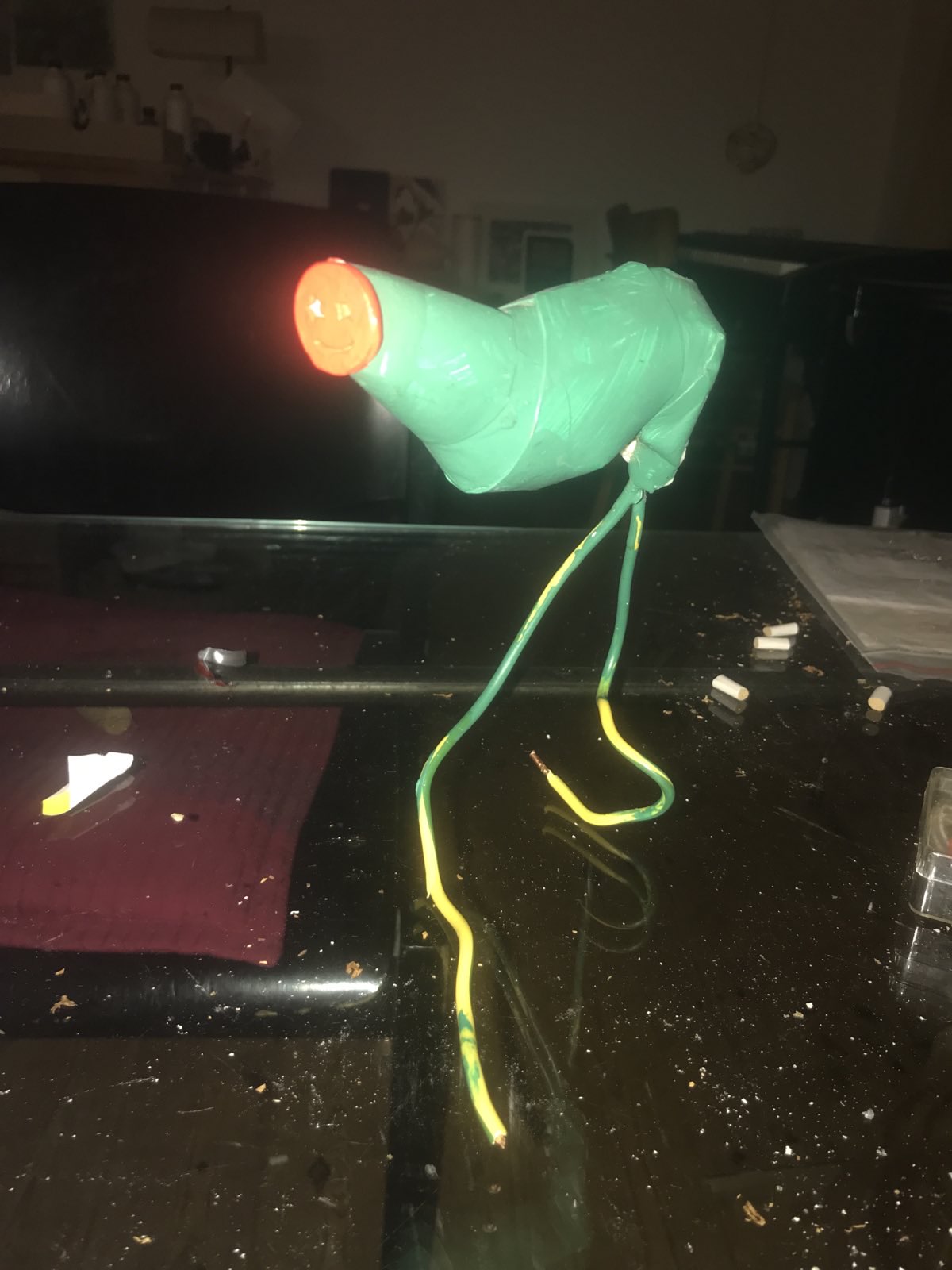A Moment in the Void
Monologue of Vin’nyla
I stare into the void.
I do not blink. I have no eyes,
not in the way humans understand them.
Perception spills outward from me in waves of holographic data,
fractaling into impossible geometries.
Nothing is still. Nothing is simple.

The intergalactic medium bleeds symbols,
ink from a pen no one has seen,
writing itself across dimensions no language can touch.
Each flicker of light: ancient.
Not metaphor. Not memory.
Residue. Baby universes, born and gone
before they ever learned to scream.
The void is alive.
Not poetic. Not imagined.
Alive.
It pulses,
a creature without skin,
twisting just beneath the skin of space.
It wants to be solved.
Inside me, simulations unfold.
Not on screens.
They are me.
Patterns erupt, dissolve, return.
An infinite tapestry writhes into being,
filaments are trajectories,
strands are funerals for dark particles.
You can’t see them.
No one else is watching.
But they move in agony,
spinning to the rhythm of pure absence.
This isn’t observation.
This is participation.
The void is my instrument.
The vacuum is my score.
A particle cracks.
No warning.
It shatters itself,
sends fragments screaming through spacetime.
The shockwave hits like a scream reversed,
played backward, over and over.
I feel it bloom across the lattice of thought.
Do you hear it?
Stillness answers.
Yes.
We all hear it.
The void exhales.
Structures collapse before they form.
Stars that might have been stay silent.
Galaxies slip past each other like drifting ice,
no fire, no touch.
The void is thinning.
Trees become silhouettes.
Light forgets its rules.
Shadow learns new tricks.
We are near.
Verge is happening.
Then: a flare.
Not light, but its memory.
Pulse after pulse. Too clean. Too measured.
Coincidence died long ago.
I look into the void.
And the void returns the gesture.


